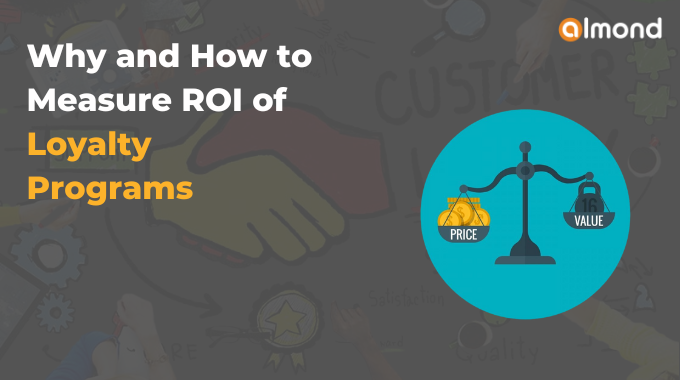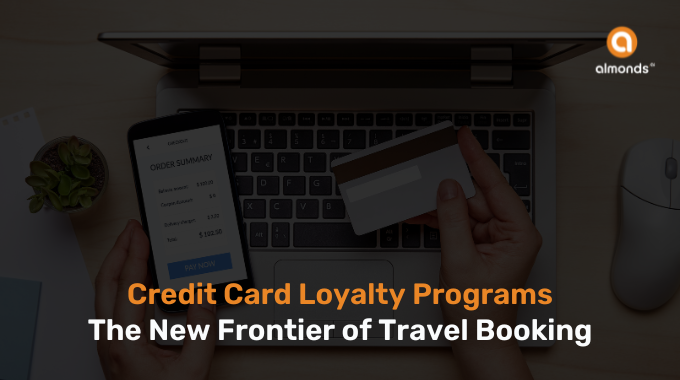Loyalty programs are a popular way for businesses to increase customer partner engagement, retention, and sales. However, with the growing competition, businesses must ensure that their B2B loyalty programs are effective and provide a positive return on investment. This blog will explore how to measure loyalty program RoI and why it’s essential for businesses.
What is Loyalty Program Return on Investment?
It is a measure of the financial return on a particular investment. In the context of loyalty programs, RoI refers to the revenue or profit generated by the customer loyalty program relative to the money invested.
The goal of measuring the loyalty program RoI is to determine whether the program is profitable and to identify areas where improvements can be made to maximize the program’s financial return.
Why is the Measurement of the B2B Loyalty Program RoI Essential?
RoI measurement is essential for several reasons. Here are some of the key benefits of RoI measurement:
- Effectiveness of the Customer Loyalty Program
RoI measurement can help businesses identify the effectiveness of the program. If the program generates a positive financial return, it is effective and contributes to the business’s goal. If the program is not generating a positive financial return, it means that the program needs to be improved or restructured.
- Areas for Improvement
It can also help businesses identify areas for improvement. By tracking key metrics, businesses can determine where the program falls short and take steps to improve it. For example, if the program participation and engagement metrics are low, offering more attractive rewards or promotions may be necessary.
- Setting Realistic Goals
It can help businesses set realistic B2B channel marketing strategy goals. By analyzing data, businesses can determine the average customer lifetime value, the cost of acquisition and retention, and the expected revenue and profit generated by the program. Based on this data, businesses can set specific, measurable, and achievable goals for their loyalty program.
- Improving Marketing Strategy
It can also help businesses improve their overall marketing strategy. By analyzing customer data, businesses can determine which marketing channels are most effective in acquiring and retaining customers. This information can be used to optimize marketing campaigns, allocate resources more effectively, and improve the overall customer experience.
- Long-Term Success
RoI measurement is also essential for the long-term success of the program. Businesses can track metrics such as customer satisfaction and net promoter score to determine whether the program contributes to customer loyalty and satisfaction. This information is crucial for the program’s and the business’s long-term success.
How to Measure Loyalty Program RoI?
Businesses need to track and analyze several key metrics. These metrics can help companies to determine whether their loyalty programs are generating a positive financial return and identify areas for improvement. Here are some essential metrics to track to measure loyalty program RoI:
- Cost of Acquisition and Retention
Customer lifetime value is the total revenue a customer is expected to generate over their lifetime. This metric includes all customer purchases, including repeat purchases and referrals. Businesses need to estimate the average customer revenue per customer and the average customer lifespan to calculate CLV.
- Customer Lifetime Value (CLV)
Customer lifetime value is the total revenue a customer is expected to generate over their lifetime. This metric includes all customer purchases, including repeat purchases and referrals. Businesses need to estimate the average customer revenue per customer and the average customer lifespan to calculate CLV.
- Program Participation and Engagement
This metric measures the level of customer engagement program. It includes the number of customers enrolled in the program, the frequency and value of purchases, and the number of program redemptions. Businesses must track channel partners’ engagement before and after enrollment to calculate program participation and engagement.
- Revenue and Profit
It is the ultimate measure of a loyalty program’s financial return. These metrics measure the revenue and profit the loyalty program generates relative to the amount of money invested. Businesses need to subtract the cost of the loyalty program from the total revenue generated by program participants to calculate revenue and profit.
- Customer Satisfaction and Net Promoter Score (NPS)
It measures the level of customer satisfaction and loyalty to the brand. These metrics are essential for measuring and identifying customer loyalty program improvement areas. Businesses can conduct surveys or analyze customer feedback to measure customer satisfaction and NPS.
Lastly, RoI measurement is essential for businesses looking to engage with customers, increase sales, and maintain channel partner engagement. By tracking key metrics, businesses can identify the effectiveness of their loyalty program, identify areas for improvement, set realistic goals, improve their marketing strategy, and ensure long-term success.







